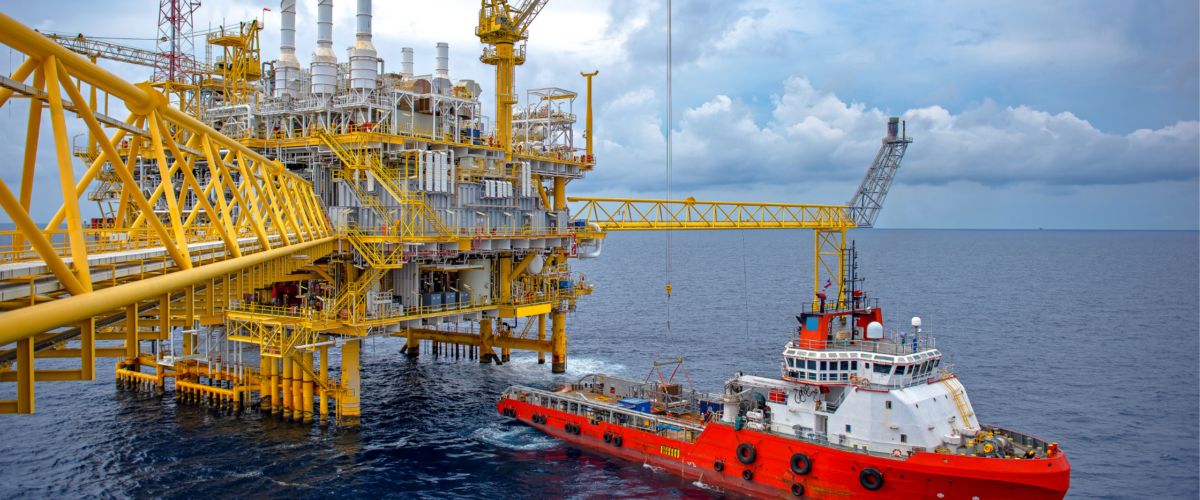In an era where sustainability is no longer optional, the oil and gas industry is undergoing a profound transformation. Once seen as a sector at odds with environmental goals, today’s energy companies are leveraging cutting-edge technologies to minimize their footprint and optimize resource use. At the forefront of this evolution is Artificial Intelligence (AI)—a powerful tool reshaping how the industry operates, from exploration to production to emissions management.
AI is not just enhancing efficiency; it’s actively enabling a more sustainable future for oil and gas. Here’s how.
1. Optimizing Energy Use and Reducing Waste
AI-powered systems are helping refineries, drilling platforms, and pipeline operations optimize energy consumption like never before. By analyzing real-time data and learning from patterns, AI can:
-
Adjust equipment operations to reduce unnecessary energy use
-
Predict peak demand and optimize power usage accordingly
-
Automate shut-off systems during low activity periods
Impact: Reduced greenhouse gas emissions and lower operational costs without compromising output.
2. Smarter Exploration with Less Environmental Disruption
Traditional exploration methods involve extensive fieldwork and seismic surveys, often impacting ecosystems. With AI, exploration is becoming faster, more accurate, and more environmentally conscious.
Using machine learning models, companies can:
-
Predict the most promising drilling locations with greater precision
-
Reduce the number of dry wells drilled
-
Minimize the need for invasive exploration techniques
Result: A more efficient use of resources and significantly less environmental impact.
3. Predictive Maintenance to Minimize Equipment Failures
Unexpected equipment failure can lead to leaks, emissions, and catastrophic spills. AI-powered predictive maintenance helps companies prevent these incidents by:
-
Monitoring equipment health through IoT sensor data
-
Predicting failures before they occur
-
Scheduling maintenance proactively
Benefit: Fewer environmental hazards, reduced downtime, and extended equipment lifespan—all contributing to sustainability goals.
4. Emissions Monitoring and Carbon Reduction
AI is proving instrumental in helping companies track and reduce their carbon footprint. Advanced algorithms analyze emissions data across operations to:
-
Detect methane leaks and flaring in real-time
-
Recommend operational changes to reduce carbon output
-
Model and implement carbon capture strategies
In combination with satellite imagery and drone data, AI can provide a comprehensive view of emissions, enabling faster response and more accurate reporting.
5. Enhancing Renewable Integration and Hybrid Models
As oil and gas companies invest more in renewables and hybrid energy systems, AI helps balance and integrate energy sources. In operations with solar, wind, or hydrogen inputs, AI can:
-
Predict renewable energy availability
-
Optimize grid and storage systems
-
Coordinate energy loads for maximum efficiency
Outcome: Reduced reliance on fossil fuel power and more sustainable, resilient operations.
6. Efficient Water and Resource Management
Water is a critical but often overlooked aspect of oil and gas operations, especially in hydraulic fracturing and refining. AI helps manage water resources by:
-
Monitoring water usage and recycling rates
-
Predicting optimal water injection levels in wells
-
Detecting and preventing water contamination events
Sustainability win: Conservation of water resources and reduction in environmental risk.
7. Enabling Circular Economy Initiatives
AI also supports waste reduction and resource reuse in refining and petrochemical processes. Through real-time analytics, companies can identify:
-
Opportunities to reuse byproducts as feedstocks
-
Material inefficiencies in production cycles
-
Ways to improve product yield and reduce off-spec waste
This not only boosts profitability but aligns with circular economy principles.
8. Data-Driven Sustainability Reporting
Transparent reporting is essential for ESG compliance and investor trust. AI helps collect, analyze, and present sustainability metrics in clear, actionable formats—often in real-time dashboards. This enables companies to:
-
Track progress toward emissions goals
-
Meet regulatory reporting standards
-
Demonstrate accountability to stakeholders
The Future: Autonomous, Low-Carbon Oilfields
Looking ahead, the convergence of AI, automation, and robotics could lead to fully autonomous, low-carbon oilfields. These smart operations would:
-
Run on predictive models
-
Require fewer personnel in hazardous environments
-
Operate with minimal environmental disturbance
Combined with carbon capture and renewable integration, such advancements could redefine what sustainability means for oil and gas.
Conclusion: AI as a Catalyst for Sustainable Energy
Artificial Intelligence isn’t just a tool for boosting efficiency—it’s a catalyst for transformation. In the oil and gas sector, AI is helping turn sustainability from a challenge into an opportunity by reducing emissions, optimizing resources, and paving the way for a cleaner, more intelligent energy future.
By putting data to work, the oil and gas industry can fuel progress—without compromising the planet.
Read more on Sparkview Energy:
The Role of Autonomous Underwater Vehicles (AUVs) in Offshore Oil Exploration
Carbon Capture and Storage: Transforming Emissions into Opportunity
How Electric Vehicles Are Changing the Demand for Petroleum Products










